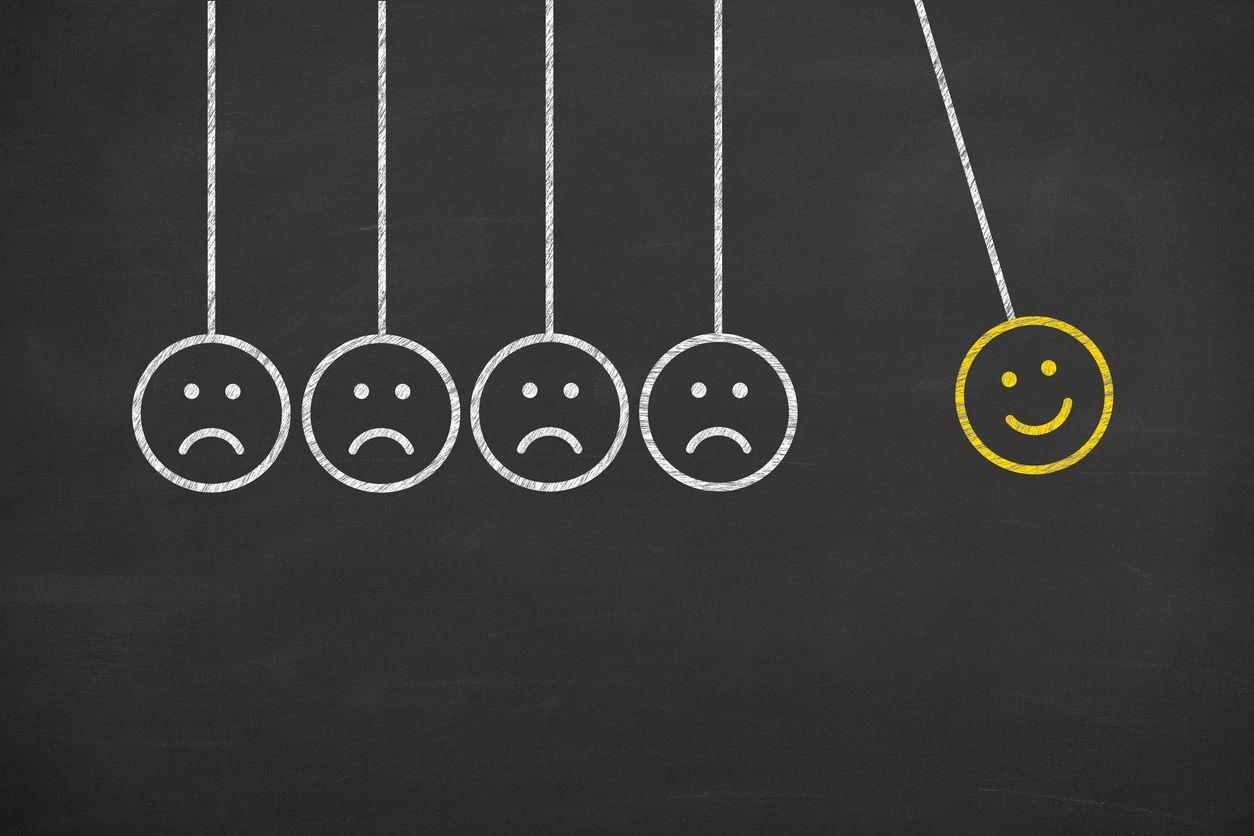Having your own identity is crucial for personal development and psychological well-being. A strong sense of identity fosters confidence and is linked to higher levels of emotional stability (Schwartz et al., 2011). Moreover, in a professional context, a unique identity can differentiate you in the marketplace and contribute to career success (Shepherd & Haynie, 2009). Whether you’re a student, job seeker, or seasoned professional, how you present yourself online and offline impacts your career.
This guide offers a quick roadmap to jump-start your personal branding journey.
Self-Assessment
Start with a personal inventory. What are your strengths, skills, and passions? Create a SWOT (Strengths, Weaknesses, Opportunities, Threats) analysis to understand where you stand in your industry. Be honest, but also be kind to yourself.
Define Your Unique Value Proposition (UVP)
Your UVP is the unique blend of skills and experiences that make you, you. It’s what sets you apart in a sea of sameness. Take some time to articulate this in one or two concise sentences. Example: “I am a small business marketer specializing in creating cost-effective digital campaigns for startups.”
Visual Branding
Your visual identity includes your logo, professional photo, and color scheme. Ensure these elements are consistent across all platforms. If you can’t hire a professional designer, use online tools like Canva to create high-quality visuals.
Digital Footprint
In today’s digital age, your online presence serves as your global business card. Start by cleaning up your social media profiles. Anything that doesn’t align with your personal brand should go. Create or update your LinkedIn profile, focusing on your headlines, summary, and work experience.
Create Content
Content creation is an effective way to establish your expertise. Write blog posts, create video content, or launch a podcast. Stick to topics that resonate with your personal brand and share your content across social media platforms.
Networking
You can’t do it alone. Your network can amplify your brand and open doors. Make a list of industry leaders, alumni, or even former co-workers you would like to connect with. Use platforms like LinkedIn to reach out, but always personalize your connection requests. Attend industry-specific webinars, workshops, or conferences whenever possible.
Measure and Iterate
Track Key Performance Indicators (KPIs) such as website visits, LinkedIn connections, or engagement rates. Use this data to refine your strategies. Personal branding is a continuous process; it evolves as you grow professionally and personally.
Action Plan
- Week 1: Self-Assessment and UVP definition.
- Week 2-3: Visual Branding creation.
- Week 4: Social Media audit and LinkedIn profile update.
- Week 5-6: First piece of content (Blog post, Video, etc.).
- Week 7-onwards: Networking and KPI measurement.
Recommended Reading
- “Crush It!” by Gary Vaynerchuk
- “You Are a Brand!” by Catherine Kaputa
- “Reinventing You” by Dorie Clark
By following this guide, you’ll be well on your way to developing a compelling personal brand. The key is consistency and authenticity. Good luck on your personal branding journey.
Citations:
- Vaynerchuk, Gary. “Crush It!: Why NOW Is the Time to Cash In on Your Passion.” HarperCollins, 2009.
- Kaputa, Catherine. “You Are a Brand!: How Smart People Brand Themselves for Business Success.” Nicholas Brealey Publishing, 2010.
- Clark, Dorie. “Reinventing You: Define Your Brand, Imagine Your Future.” Harvard Business Review Press, 2013.

